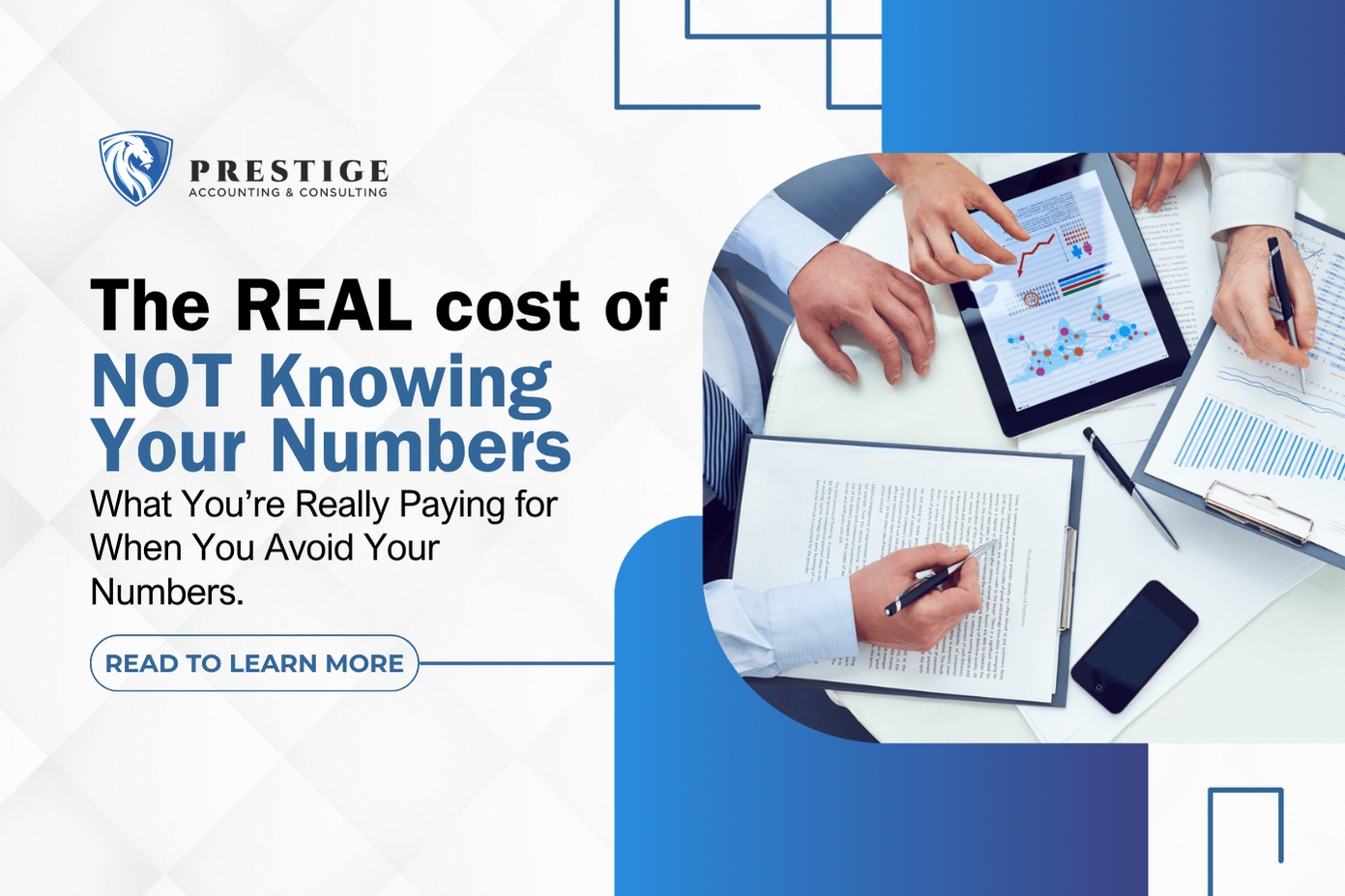
The Real Cost of Not Knowing Your Numbers
August 5, 2025
Are You Charging Enough? Signs Your Pricing Needs a Strategy
August 12, 2025How to Tell If Your Firm Has a Profit Problem
Busy Doesn’t Equal Profitable—Here’s How to Know the Difference
For many attorneys, a packed calendar feels like success. You’re booking consultations, juggling cases, maybe even hiring support. But at the end of the month, something doesn’t add up:
You’re still tight on cash.
You’re working more than ever.
And yet… you don’t feel like your bottom line is growing.
If that sounds familiar, your firm might have a profit problem and it’s more common than you think.
What Is a Profit Problem?
A profit problem means your revenue looks fine (or even impressive), but your margins are shrinking. It’s the gap between what your firm brings in and what it keeps.
This isn’t just about making more money—it’s about keeping more of it.
Even high-earning firms can quietly bleed money through:
- Inefficient operations
- Mispriced services
- Unnecessary overhead
- Staff underutilization
- Owner compensation that’s out of sync with real performance
Let’s dig into what this looks like and how to know if it’s happening to you.
1. You Don’t Know Your Net Profit Margin
If someone asked you your average net profit margin, would you know the answer?
Your net profit margin = (Net Profit ÷ Total Revenue) x 100
For example, if your firm made $500,000 in revenue last year and your net profit (after all expenses and owner compensation) was $100,000, your margin is 20%.
 A healthy net profit margin for most small law firms is 20%–30%.
A healthy net profit margin for most small law firms is 20%–30%. Under 15%? That’s a red flag.
Under 15%? That’s a red flag.If you don’t know your margin—or you’re not paying yourself consistently—there’s a strong chance profitability is being masked by revenue alone.
2. You’re Making More—But Keeping Less
Your firm earned more this year than last, but somehow your bank account looks the same (or worse).
This signals:
- Costs are increasing faster than revenue
- You’ve added staff or software without increasing output
- You’re experiencing “scope creep”—doing more work for the same fees
Profit erosion often sneaks up during growth phases. You add help to relieve pressure, but if those systems aren’t efficient, profit disappears.
3. Your Pricing Hasn’t Changed in Years
If your rates haven’t adjusted with inflation, demand, or complexity, you’re probably working more for less.
Many attorneys set prices early in their careers and never revisit them—especially for flat fees or retainers. But your cost per case may have increased dramatically due to labor, marketing, or overhead.
If you don’t know your cost to deliver a service, you have no idea if it’s profitable.
4. You Can’t Predict Owner Compensation
A profitable firm should pay the owner a consistent salary and, ideally, distributions.
If your compensation changes month-to-month—or worse, you just take what’s left—your financial systems aren’t strong enough to support profit clarity.
This also makes tax planning nearly impossible.
5. Your P&L Shows Profit, but You Feel Broke
Let’s say your P&L report shows a net profit of $150,000. But your cash flow doesn’t reflect it. Why?
Because profit ≠ cash.
The issue might be:
- Uncollected invoices (revenue counted but cash not received)
- Large credit card balances that aren’t reflected in operating expenses
- Owner draws that aren’t recorded properly
- Payments sitting in trust (not yet earned)
You may be “profitable” on paper but cash-negative in real life—a common trap for firms without accurate reconciliation and reporting.
6. You Don’t Track Profitability by Practice Area
Your estate planning services might be fueling the firm’s growth—while litigation cases quietly drain your resources.
If you’re not measuring revenue vs. cost by service line, you have no idea which parts of your firm are profitable—and which are dead weight.
Tracking profitability by case type helps you:
- Focus your marketing
- Set better prices
- Delegate smartly
- Know what to cut when margins get tight
7. You’re Working More Hours but Seeing Less Progress
Time is your most expensive resource. If you’re working 60-hour weeks and your take-home pay is no higher than last year, your profit structure is broken.
This often means:
- Poor delegation
- Staff that aren’t billable
- Manual systems draining time
- A flat-rate structure that’s underpriced
Profit isn’t about working harder—it’s about building a business that works smarter.
What to Do If You Have a Profit Problem
First, don’t panic.
A profit problem doesn’t mean your firm is failing. It means your financial structure hasn’t caught up with your growth.
Here’s where to start:
- Review your last 6–12 months of P&L statements
- Calculate your average monthly margin
- Evaluate your top 3 services by profit—not just popularity
- Identify any recent hires or expenses that haven’t yielded ROI
- Review pricing vs. delivery cost for flat-fee or retainer work
- Forecast the next 90 days of cash flow to assess owner pay options
You Don’t Have to Fix This Alone
At Prestige Accounting and Consulting, we help law firm owners uncover the real story behind their numbers.
We’ll show you:
- Where you’re losing profit
- Which areas of your firm are working—and which aren’t
- How to restructure for sustainability
- When and how to increase compensation without hurting growth
 Book a free consultation now and let’s find out if your firm’s revenue is really supporting the life you’re working so hard to build.
Book a free consultation now and let’s find out if your firm’s revenue is really supporting the life you’re working so hard to build.



